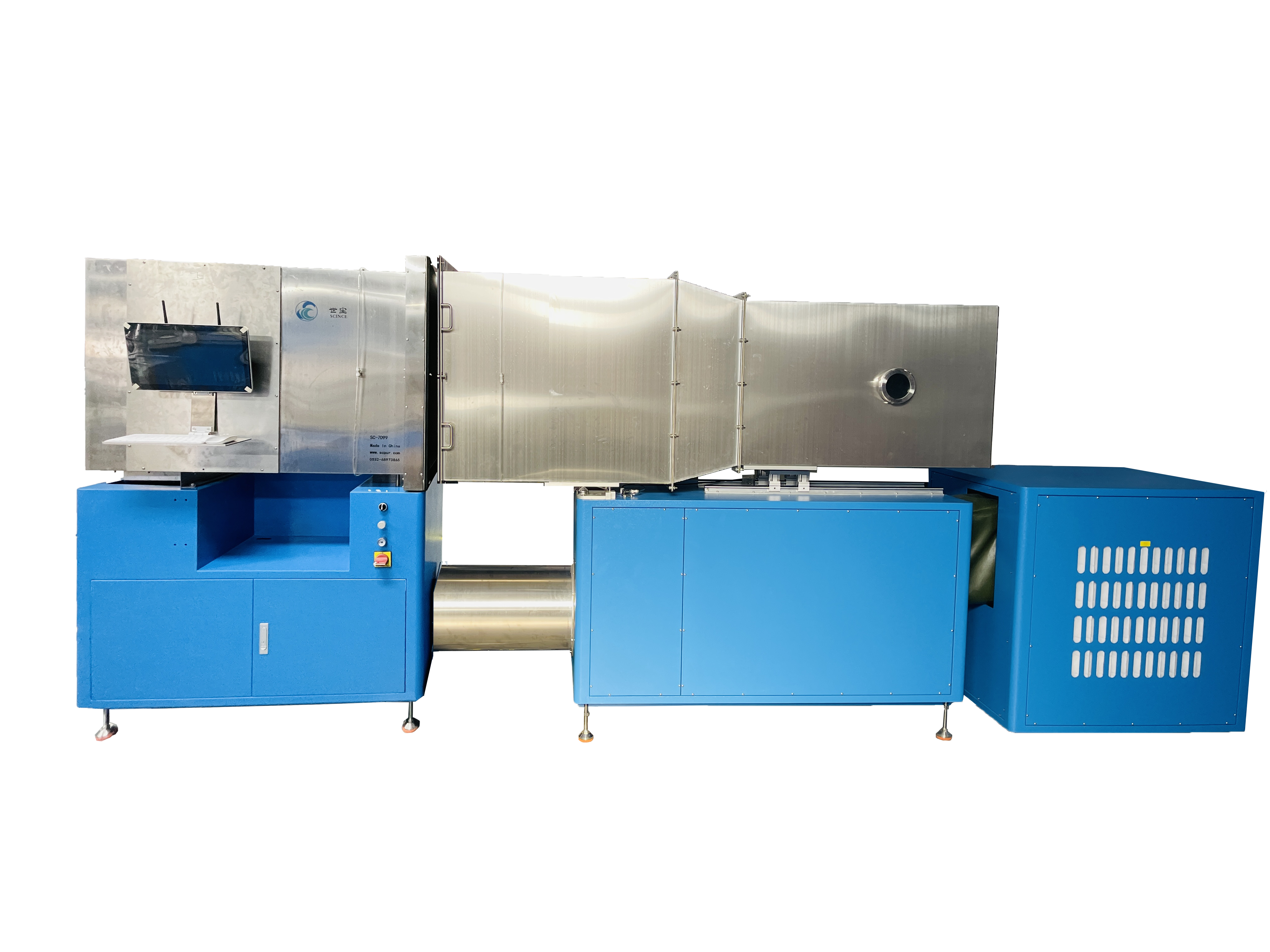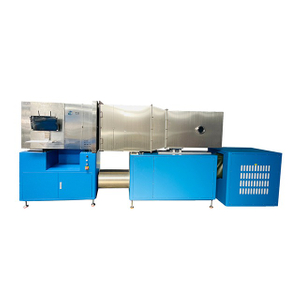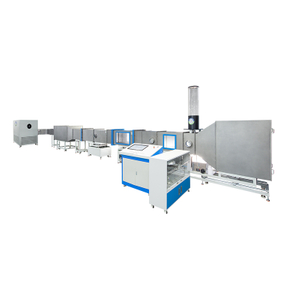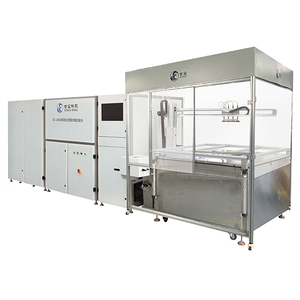Introduction
HVAC (Heating, Ventilation, and Air Conditioning) air filters play a critical role in modern buildings, ensuring indoor air quality and protecting the efficient operation of HVAC systems. This article examines the key test parameters for HVAC air filters, the relevant international standards, and detailed test methods to help industry professionals and technicians better understand and select the appropriate filters.
Key test parameters for HVAC air filters
1. Filtration Efficiency
Filtration efficiency is a critical indicator of an air filter's performance, representing the filter's ability to remove particles of various sizes.
2. Pressure Drop
Pressure drop refers to the loss of pressure as air passes through the filter. Lower pressure drop indicates higher energy efficiency, but must be balanced with filtration efficiency. Pressure drop is typically measured at startup and when the filter reaches its dust-holding capacity.
3. Dust-Holding Capacity
Dust-holding capacity indicates the amount of particulate matter a filter can hold before reaching the maximum allowable pressure drop. The higher the dust-holding capacity, the longer the filter can be used without replacement.
4. Durability
Durability testing evaluates the filter's performance under harsh conditions, such as high humidity and high temperatures, to ensure long-term stability and functionality.
Relevant testing standards
1. ASHRAE 52.2
The ASHRAE 52.2 standard is widely used in North America for testing air filters, focusing on the Minimum Efficiency Reporting Value (MERV). MERV ratings range from 1 to 16, with higher values indicating higher filtration efficiency, suitable for residential to industrial air filtration needs.
2. ISO 16890
ISO 16890 is an international standard that classifies filters based on PM1, PM2.5, and PM10, providing a more comprehensive evaluation of filtration performance. This standard more closely reflects the actual distribution of particulate matter in the environment.
3. EN 779
EN 779 is a European standard that focuses on the performance of coarse and medium filters. It has largely been superseded by ISO 16890. EN 779 classifies filters into G (coarse) and F (medium) classes based on filtration efficiency and pressure drop.
Detailed test methods
1. Filtration Efficiency Test
1. Calibrate and prepare test equipment.
2. Install filter in test duct.
3. Generate standard particulate matter using the aerosol generator.
4. Measure the particle concentration before and after the filter using the particle counter.
5. Calculate collection efficiency for different particle sizes.
2. Pressure drop test
1. Install the filter in the test line.
2. Adjust the airflow to the specified rate using the anemometer.
3. Measure the pressure differential across the filter with the differential pressure gauge.
4. Record the initial pressure drop and its changes over time.
3. Dust-Holding Capacity Test
1. Install the filter in the test duct.
2. Gradually introduce standard dust into the airflow using the standard method.
3. Measure the pressure drop across the filter periodically.
4. Record the amount of dust the filter can hold when the pressure drop reaches the predetermined limit.
Our company's air filter tester SC-7099 can test these three key parameters: filtration efficiency, pressure drop, and dust-holding capacity. Integrating a particle counter, differential pressure gauge, and air sampler, our tester provides comprehensive evaluations in a single test procedure, delivering accurate and reliable results to our customers.

4. Durability Test
1. Place the filter in an environmental chamber to simulate various conditions (e.g., high temperature, high humidity).
2. Operate the filter for an extended period of time and periodically measure its performance.
3. Record changes in filtration efficiency and pressure drop under severe conditions.
Conclusions and Recommendations
The performance of HVAC air filters has a direct impact on indoor air quality and HVAC system efficiency. Understanding and selecting high-performance filters that meet international standards will ensure their effectiveness and durability. Manufacturers should continually improve product design and testing methods, while users should regularly replace and maintain filters to maintain optimal performance.













